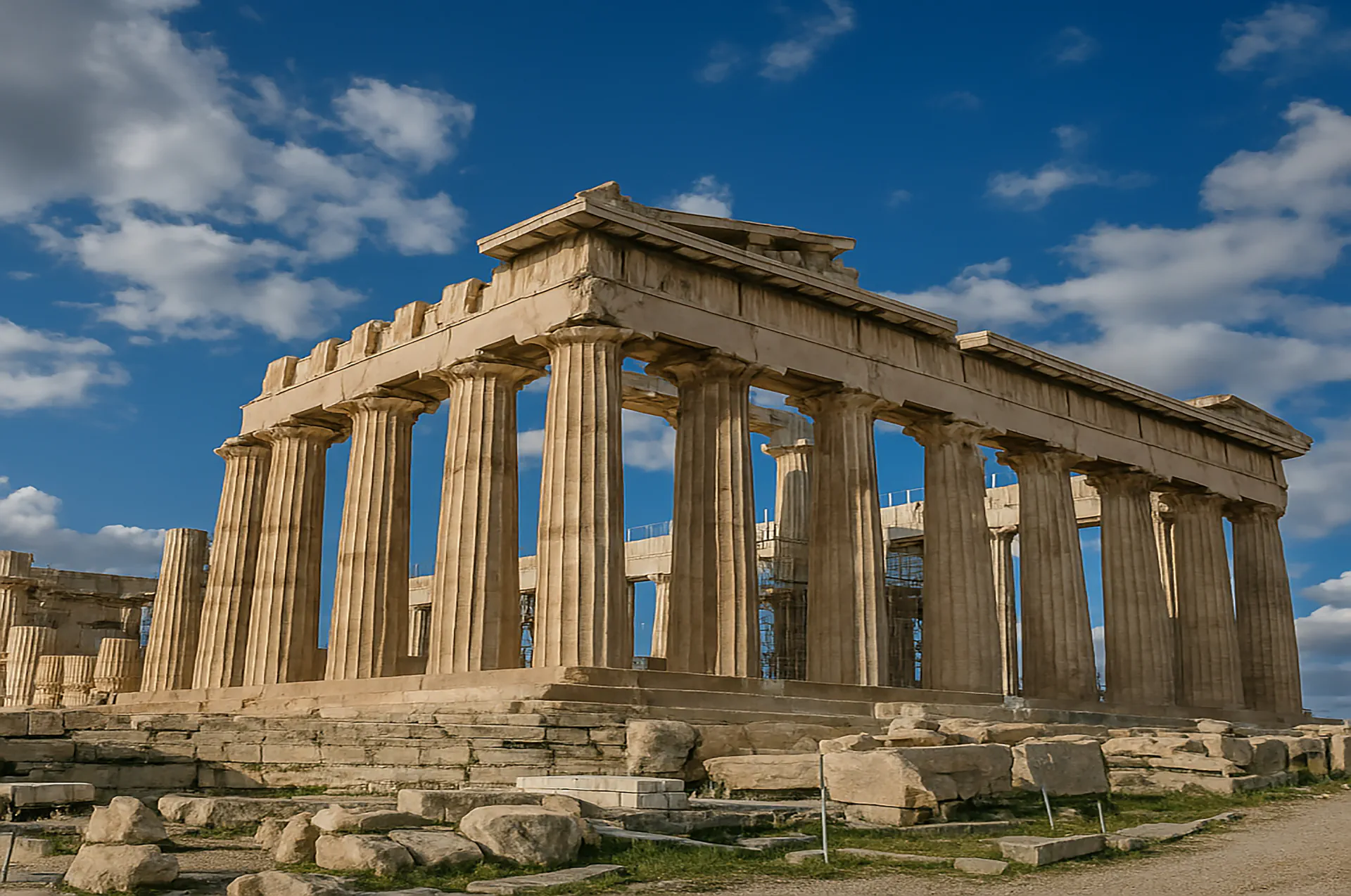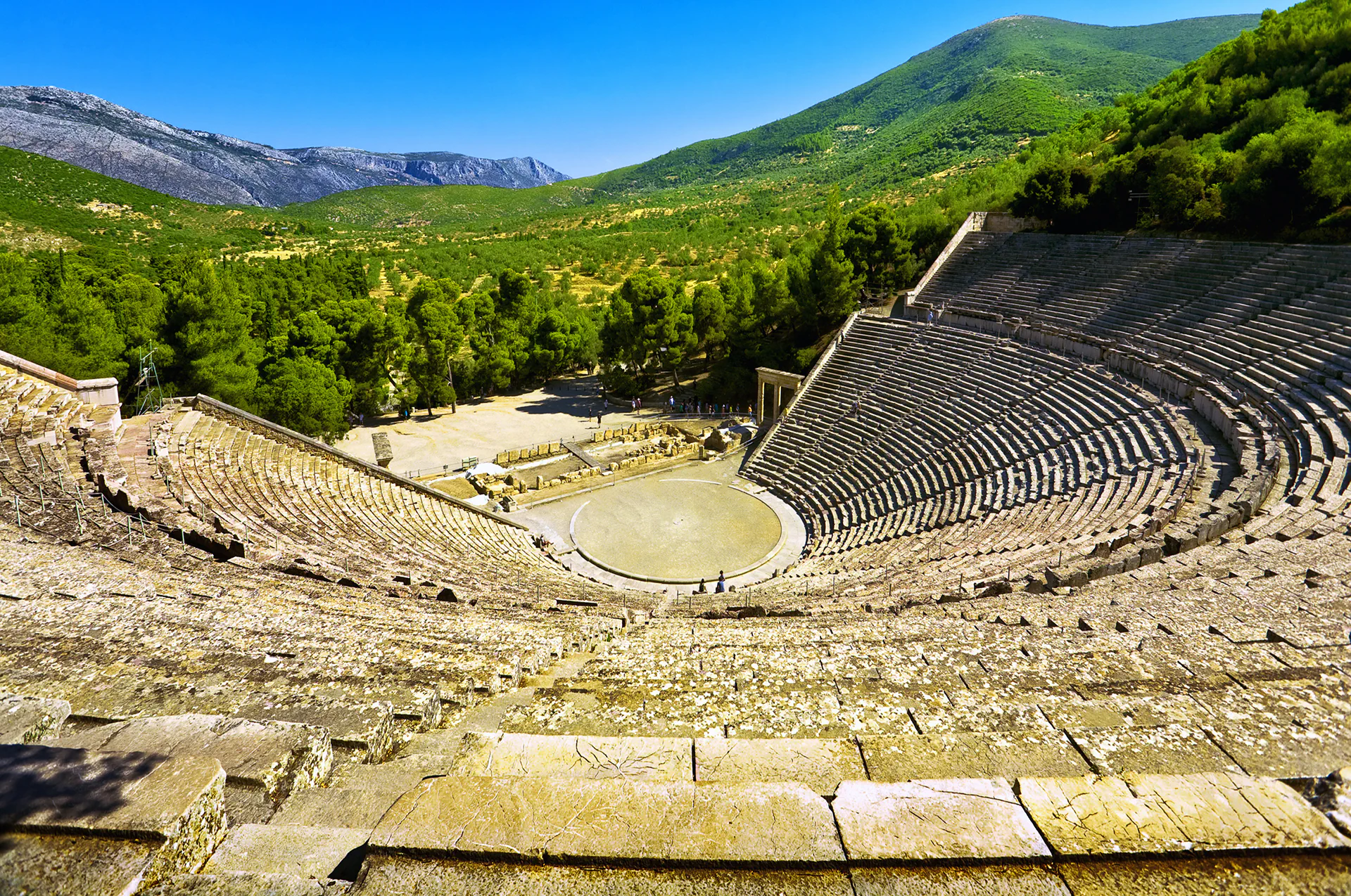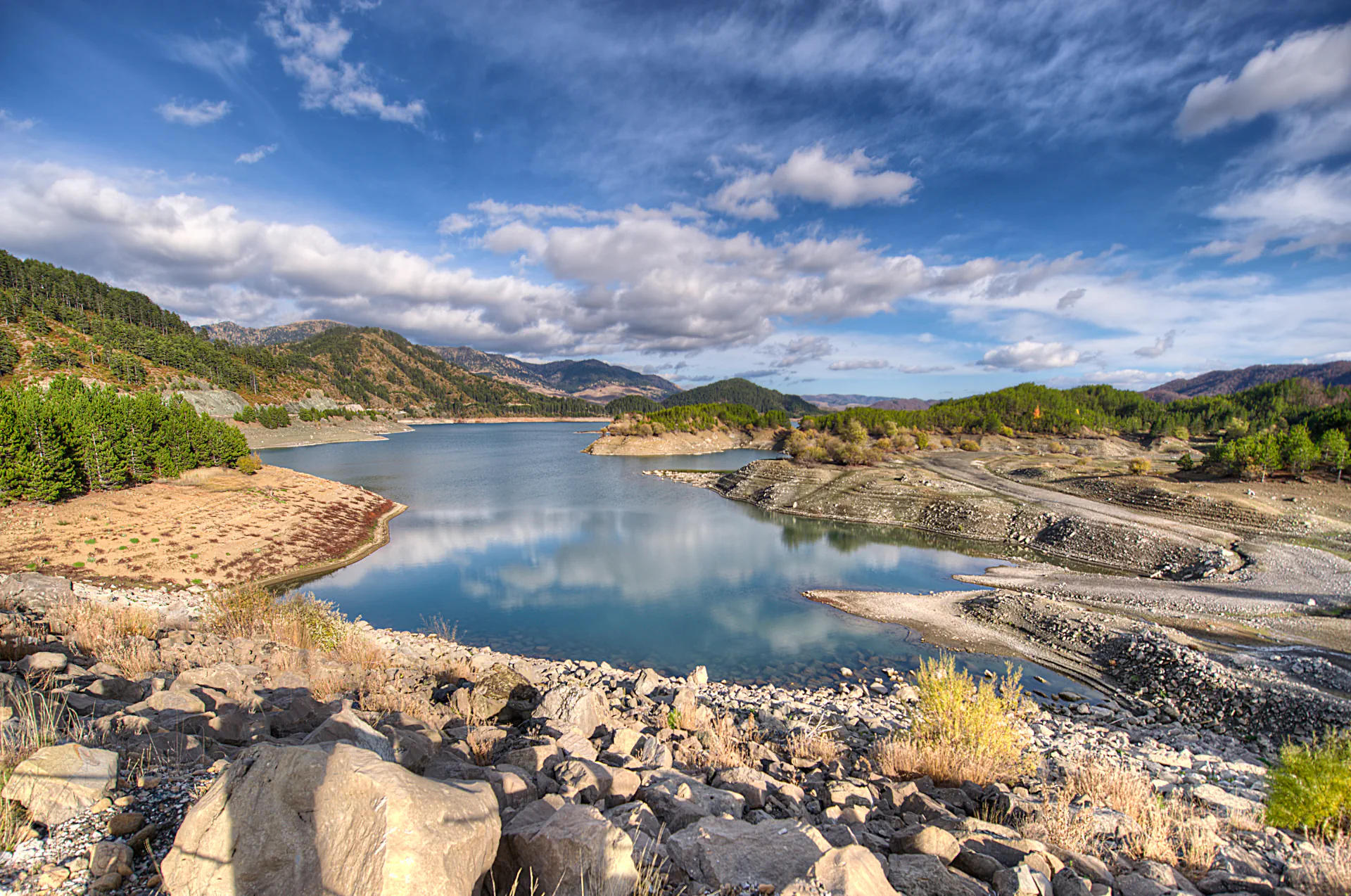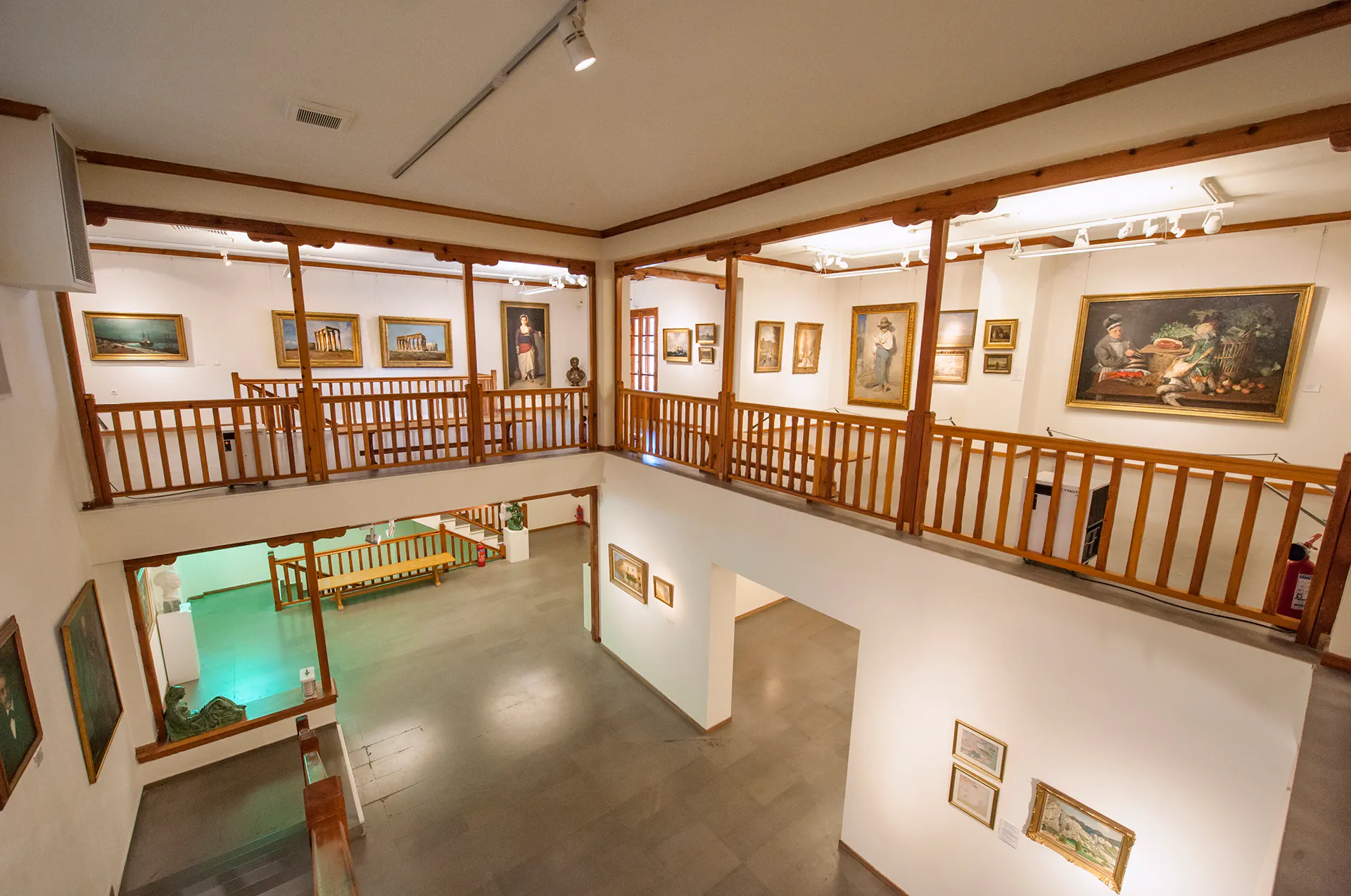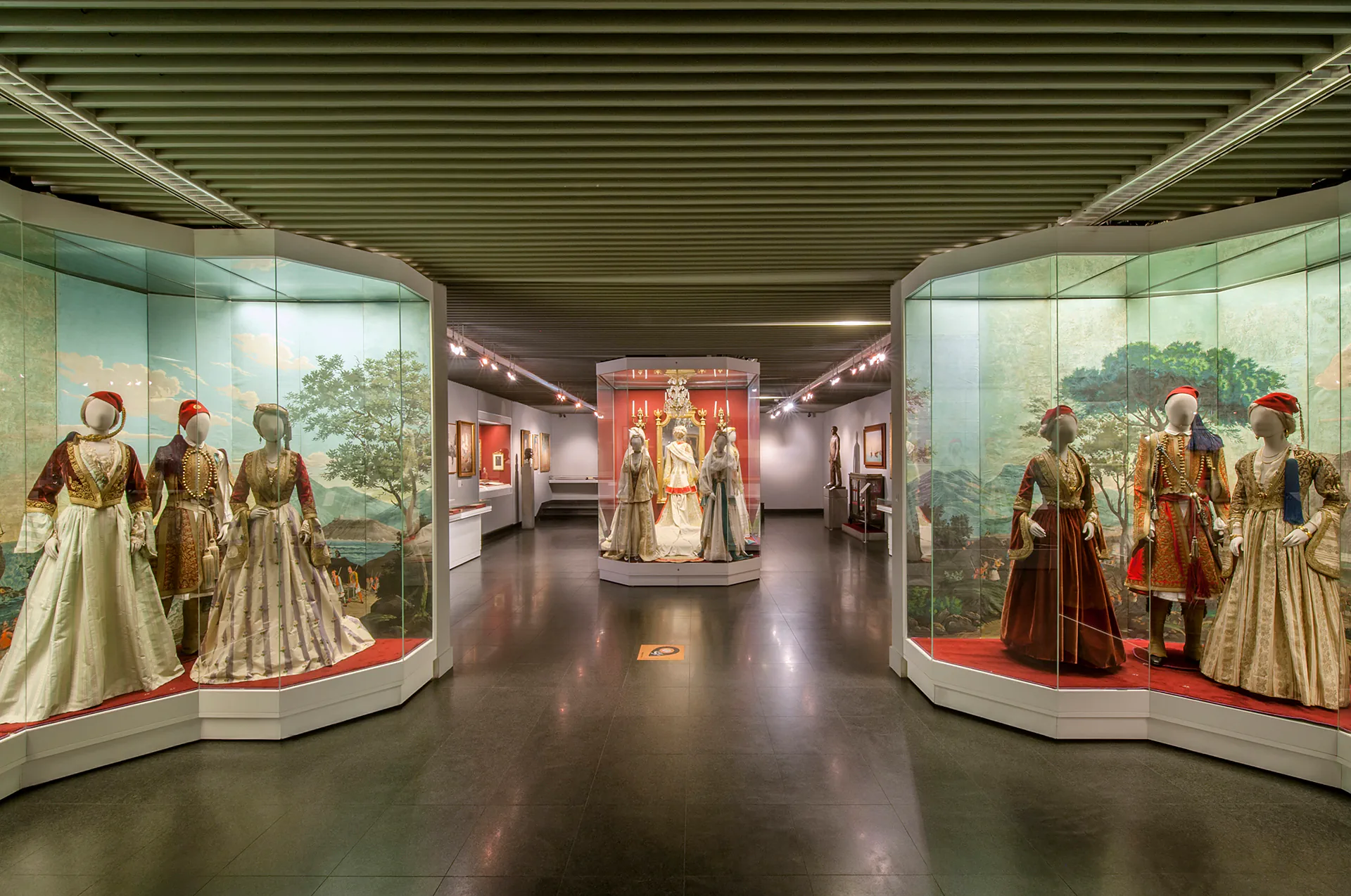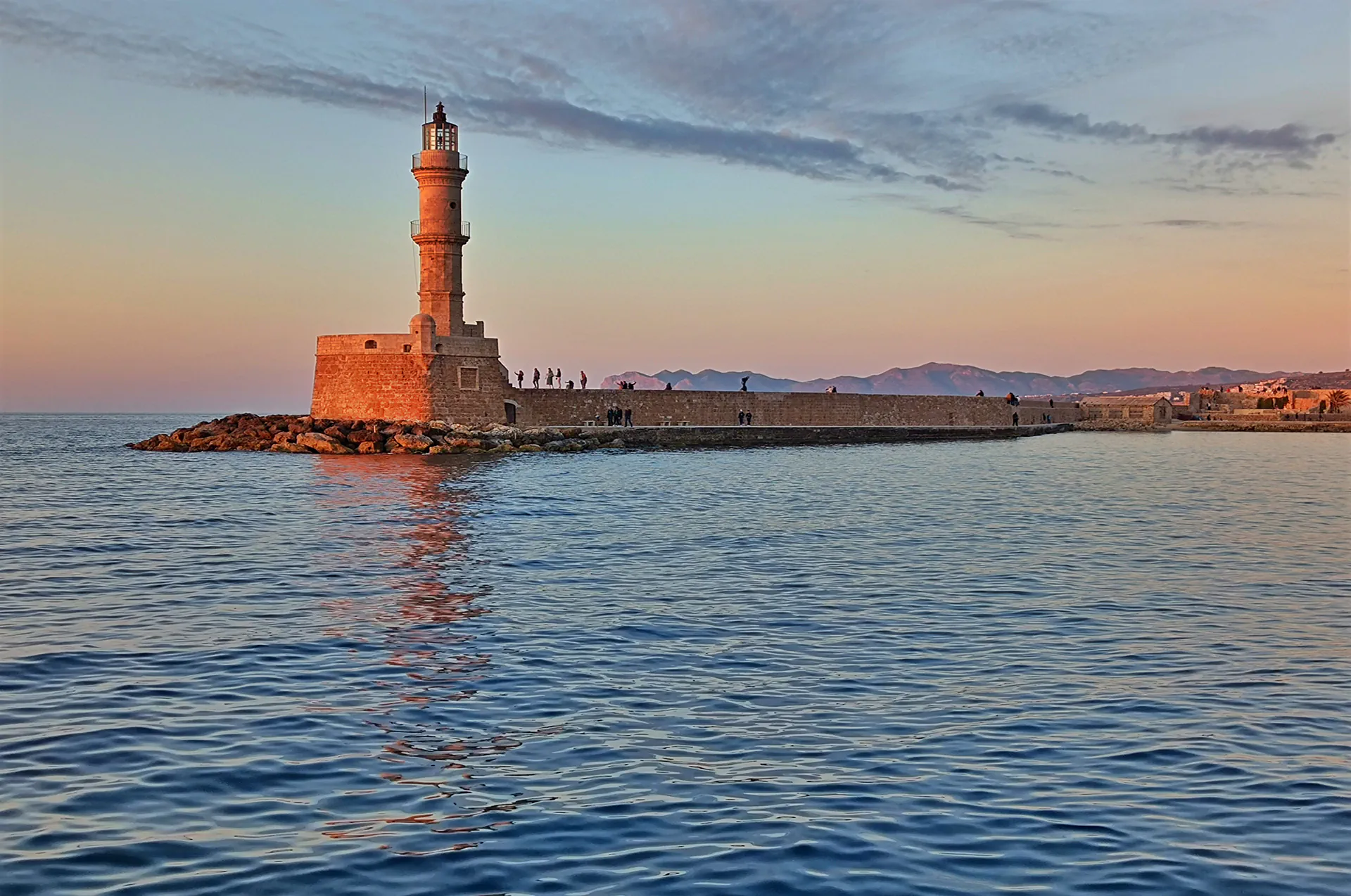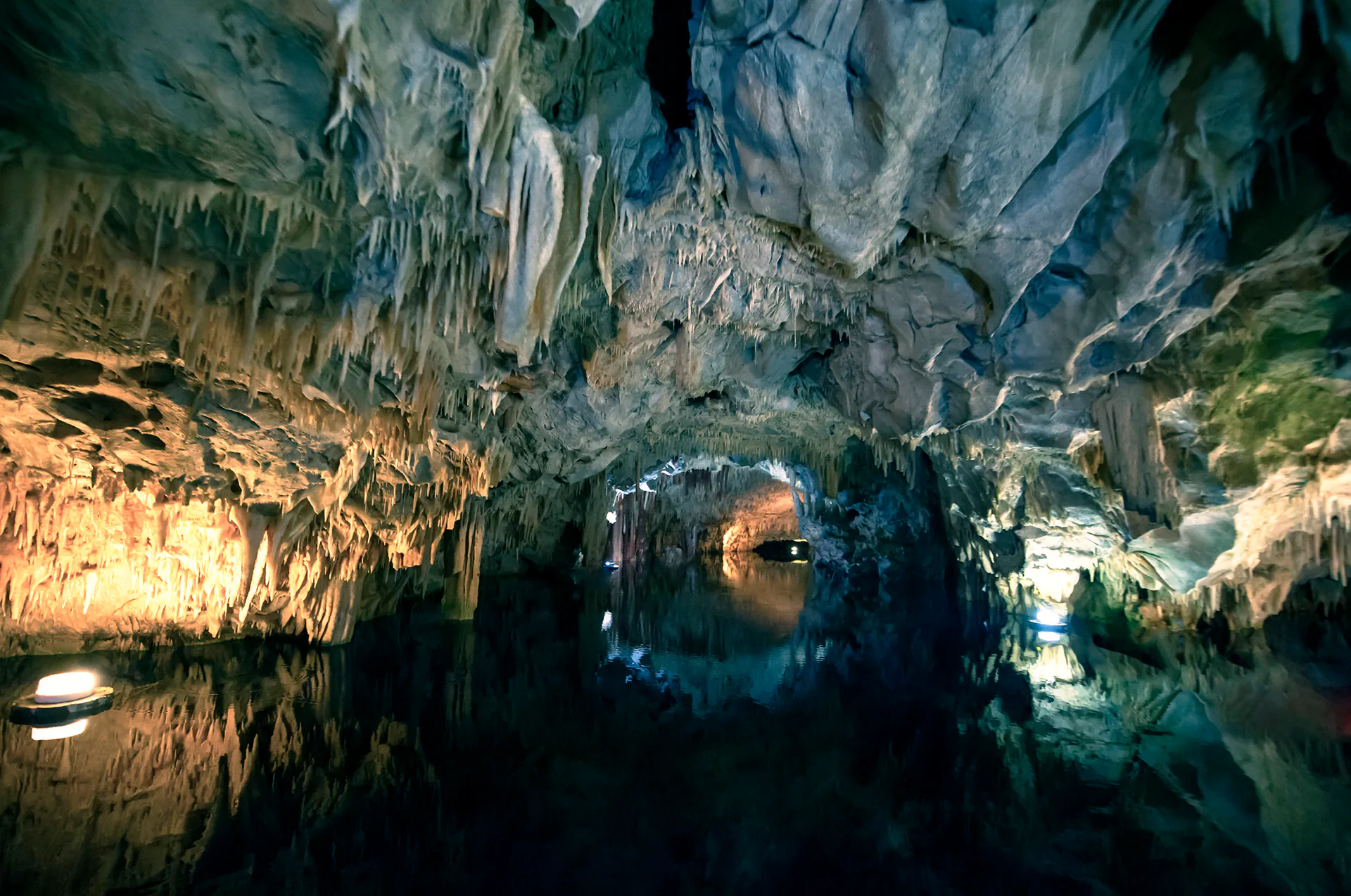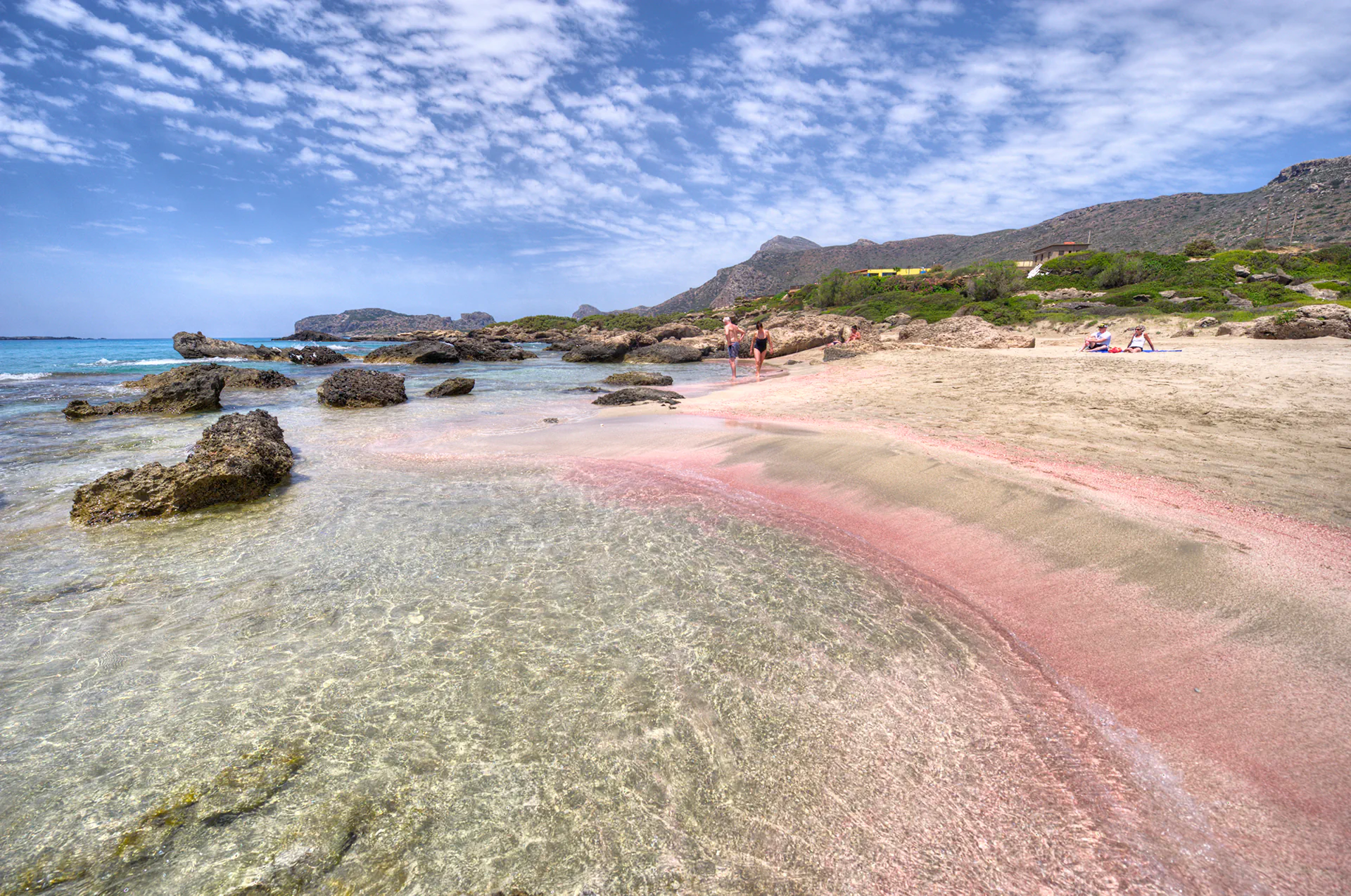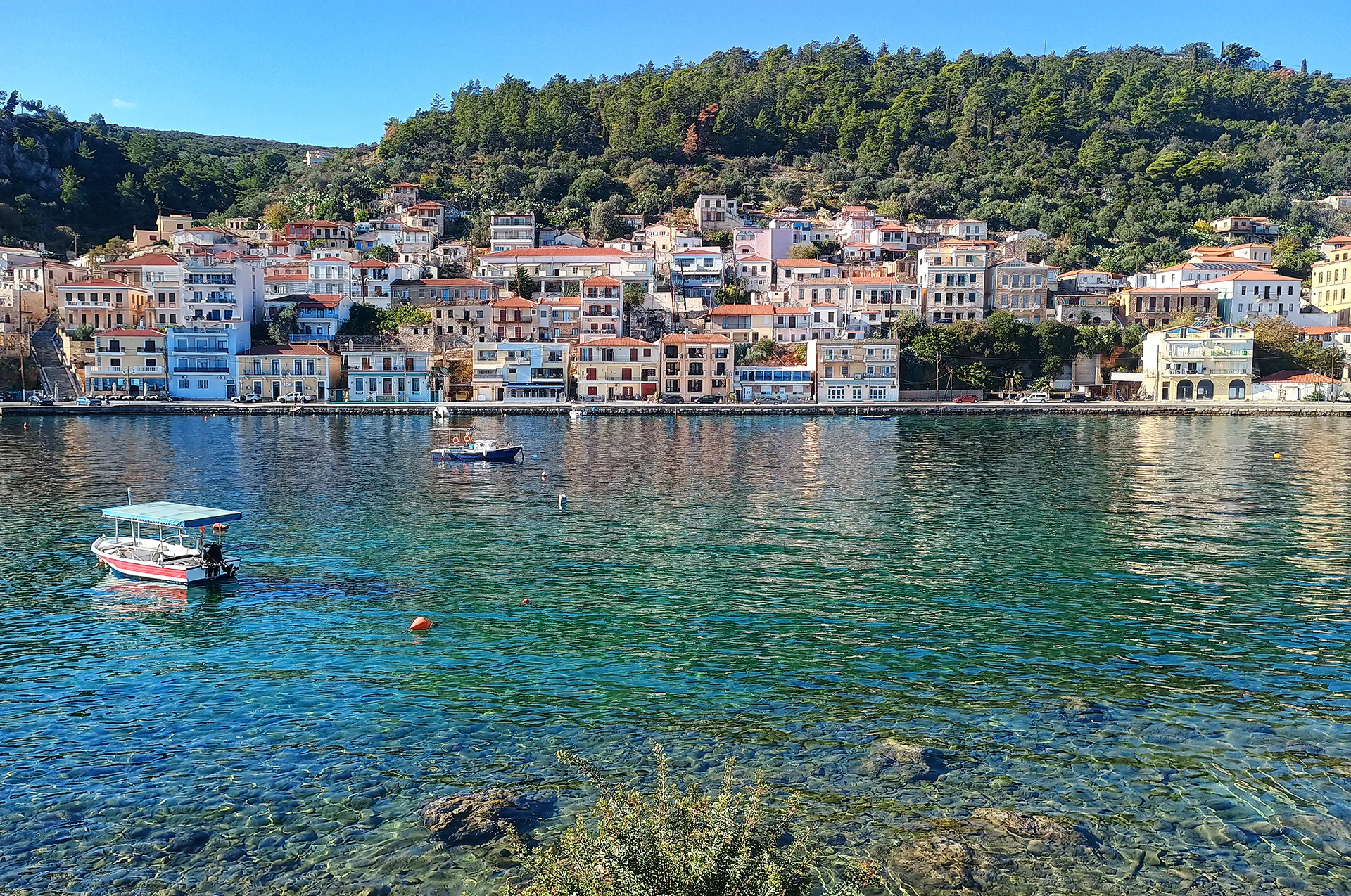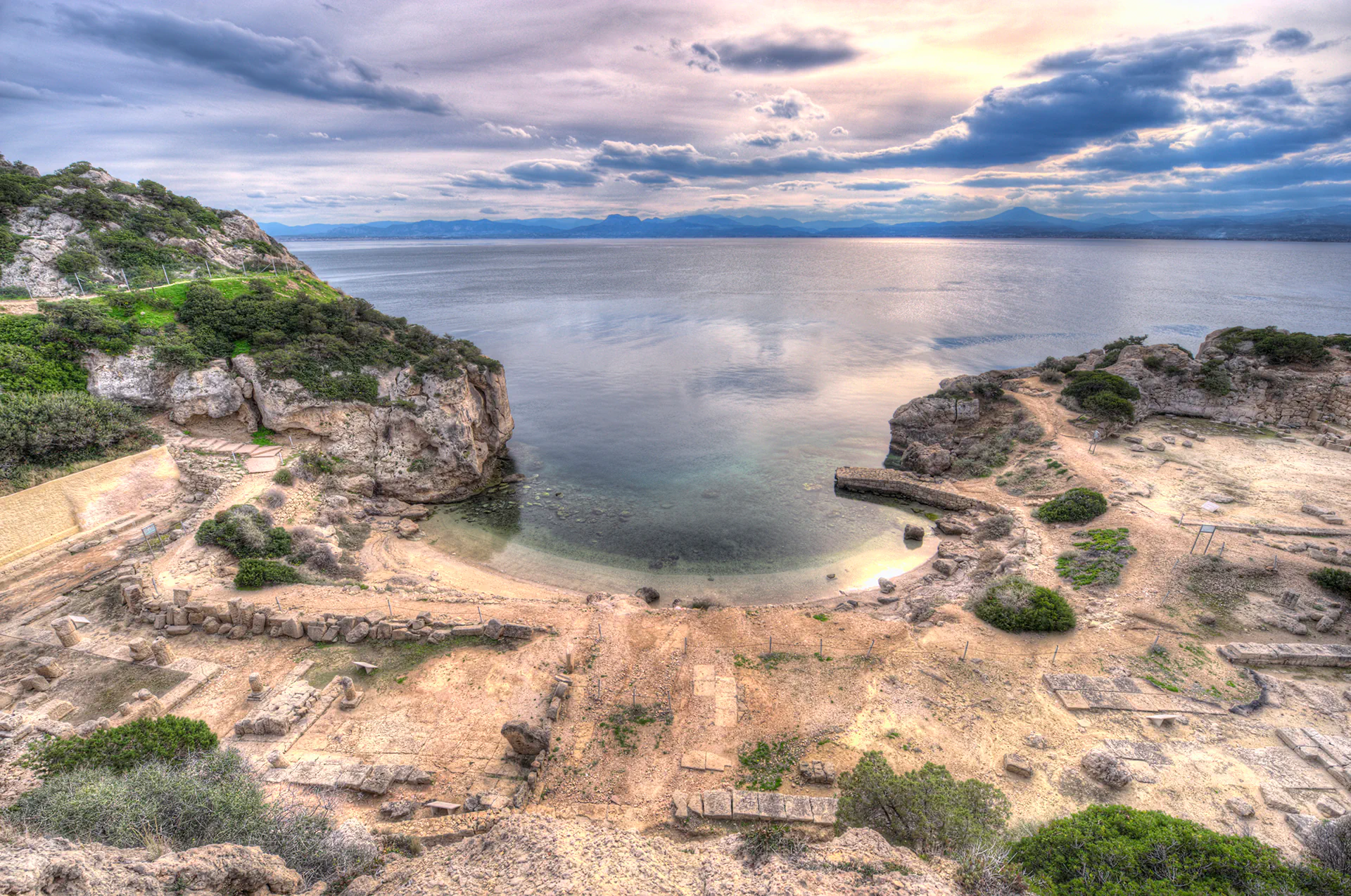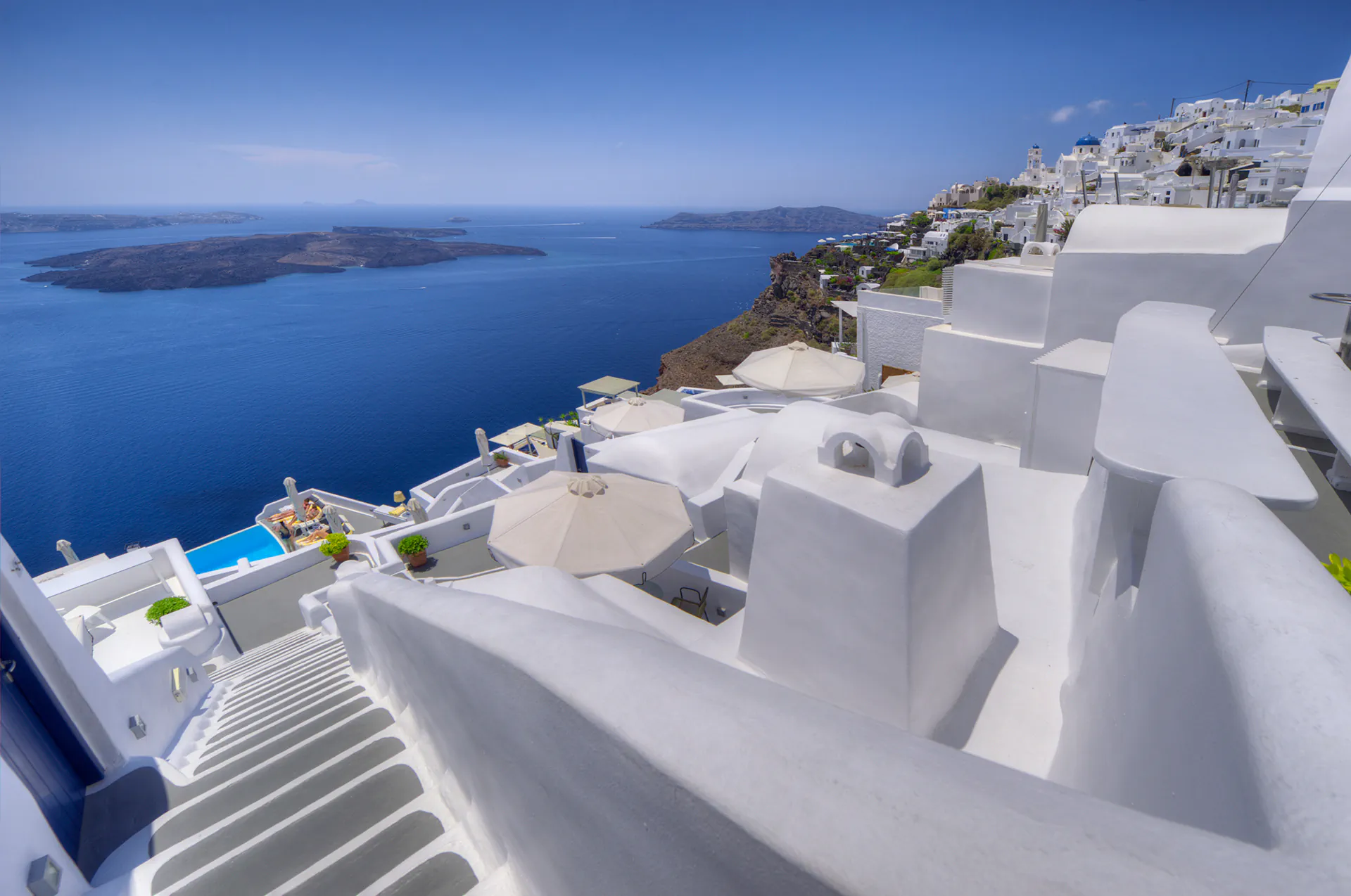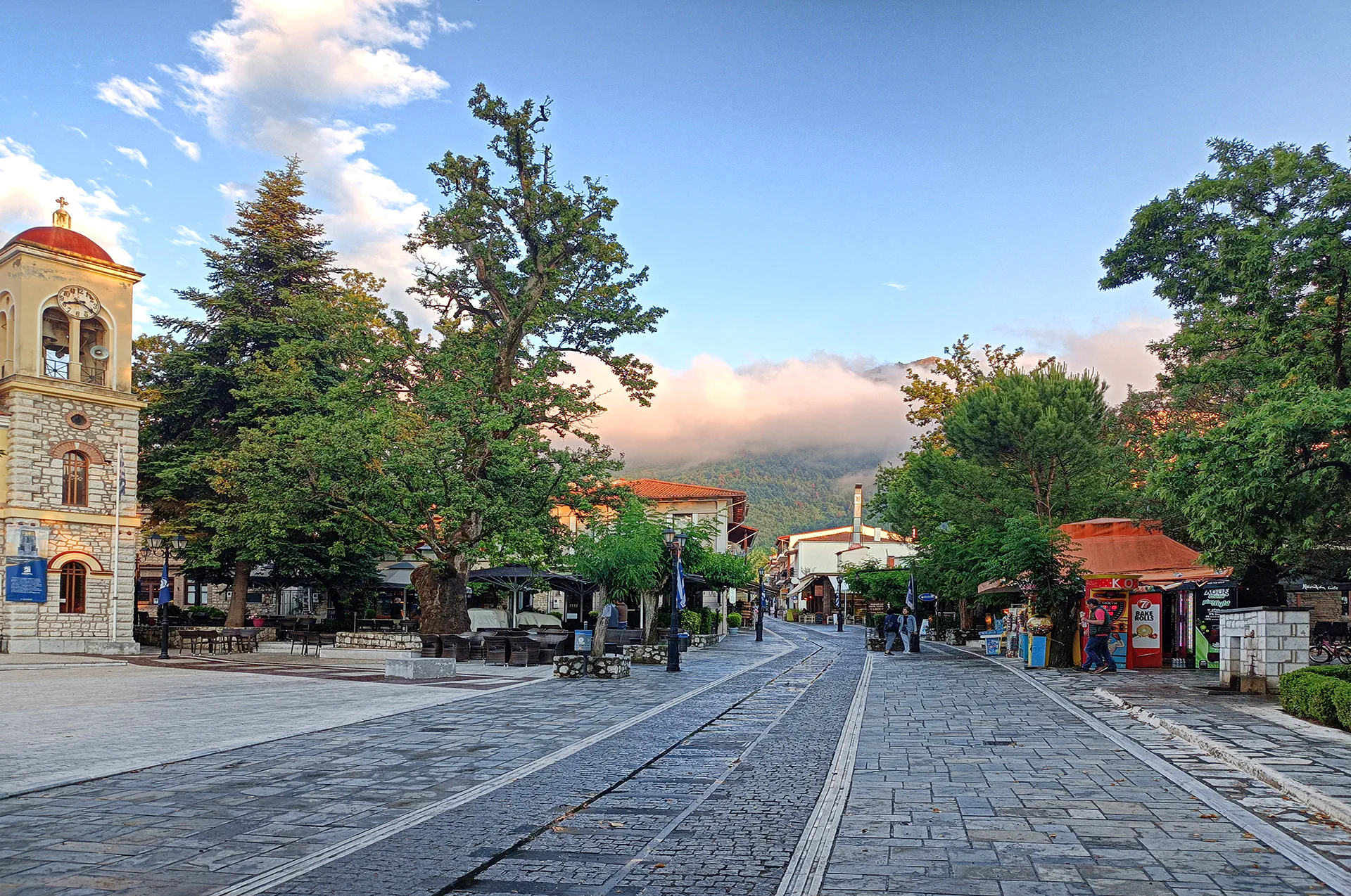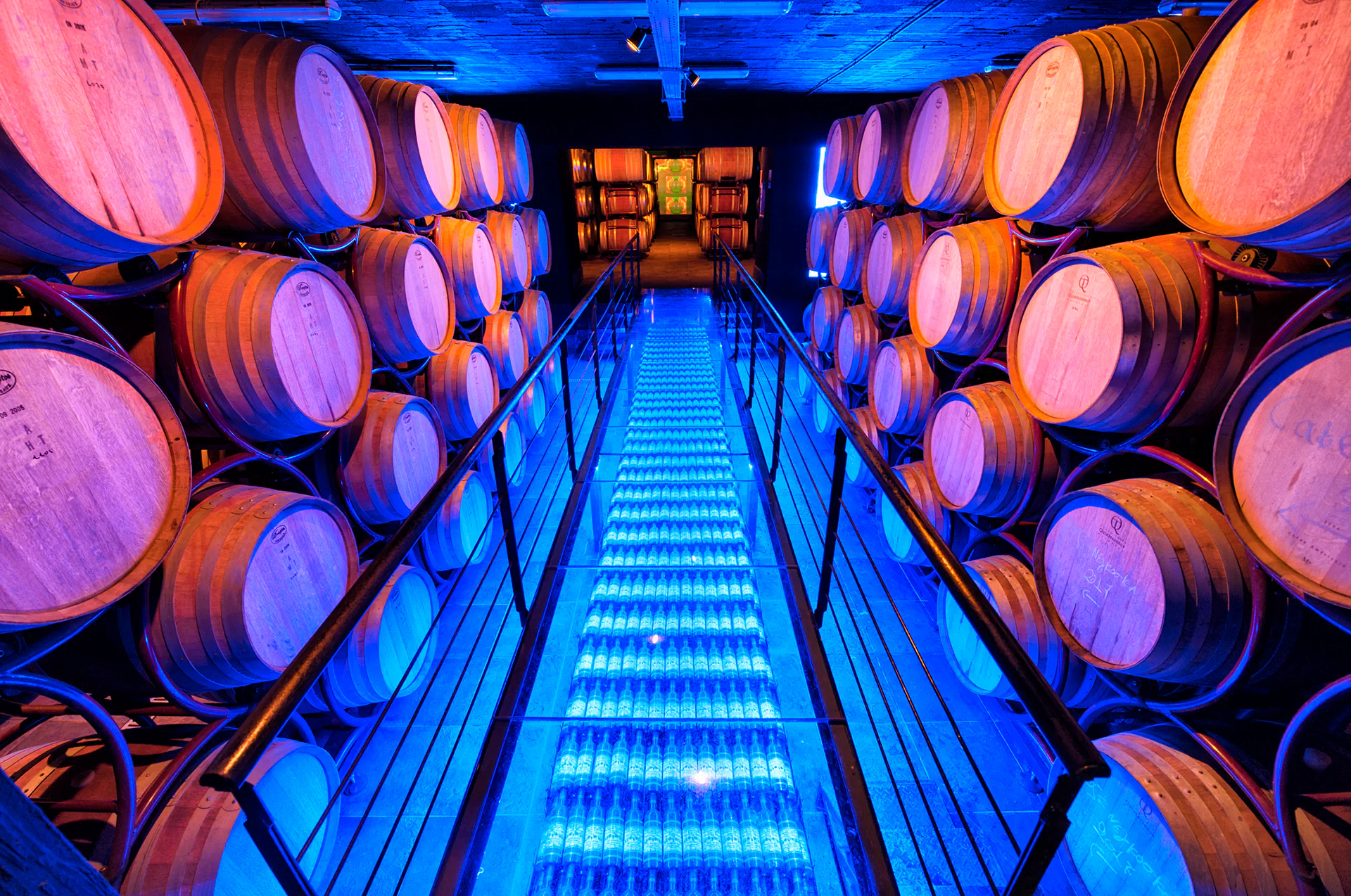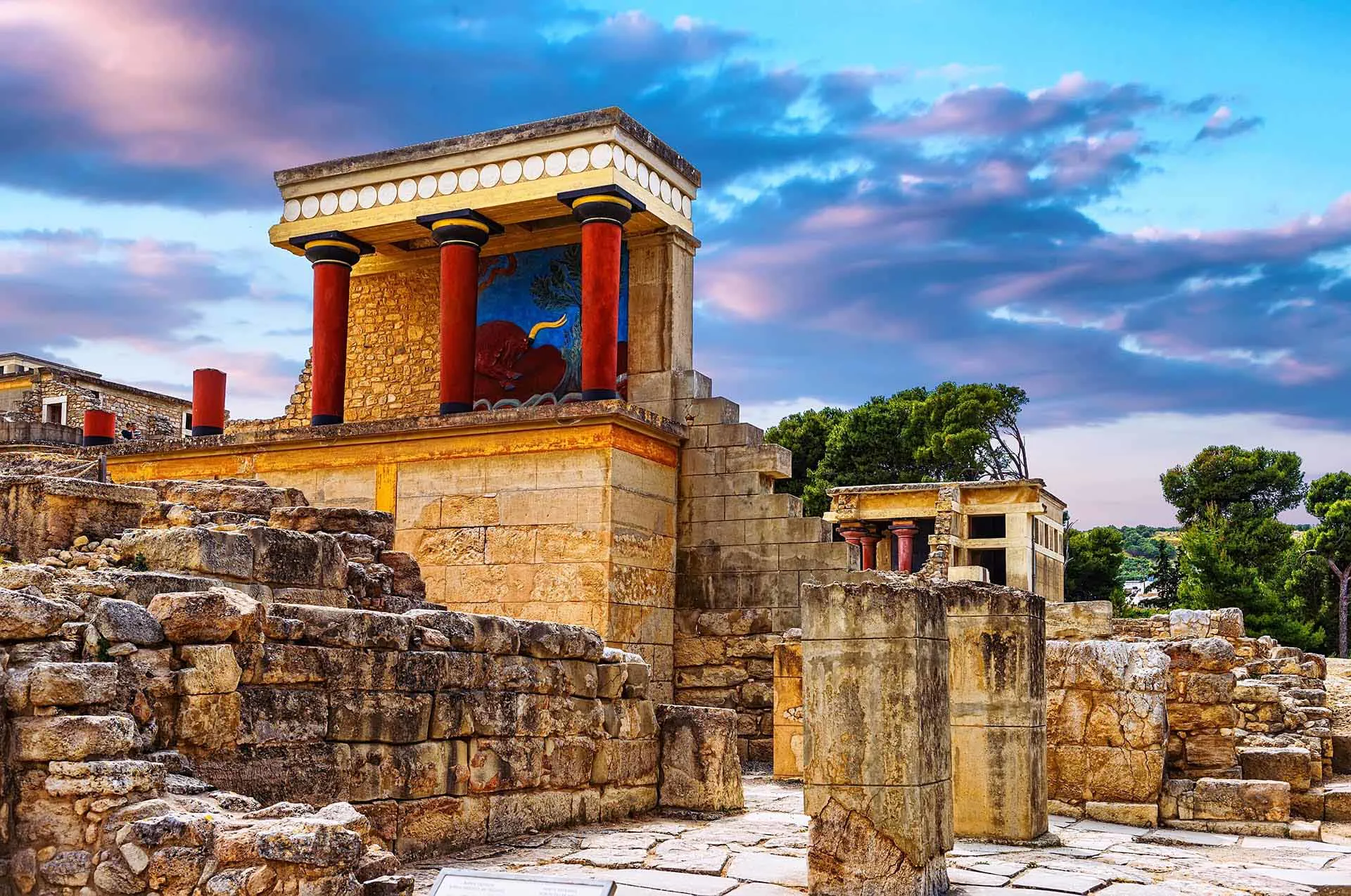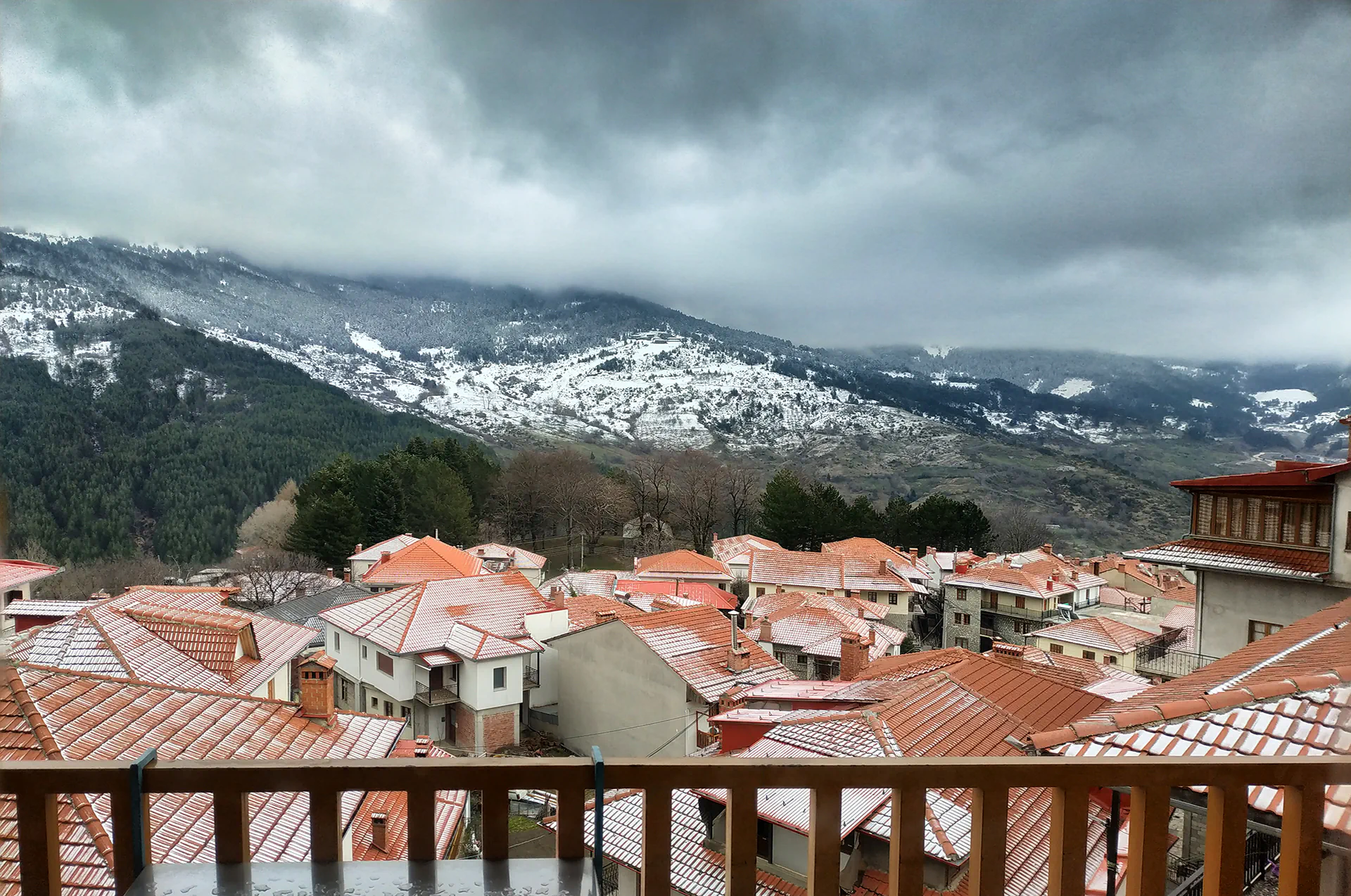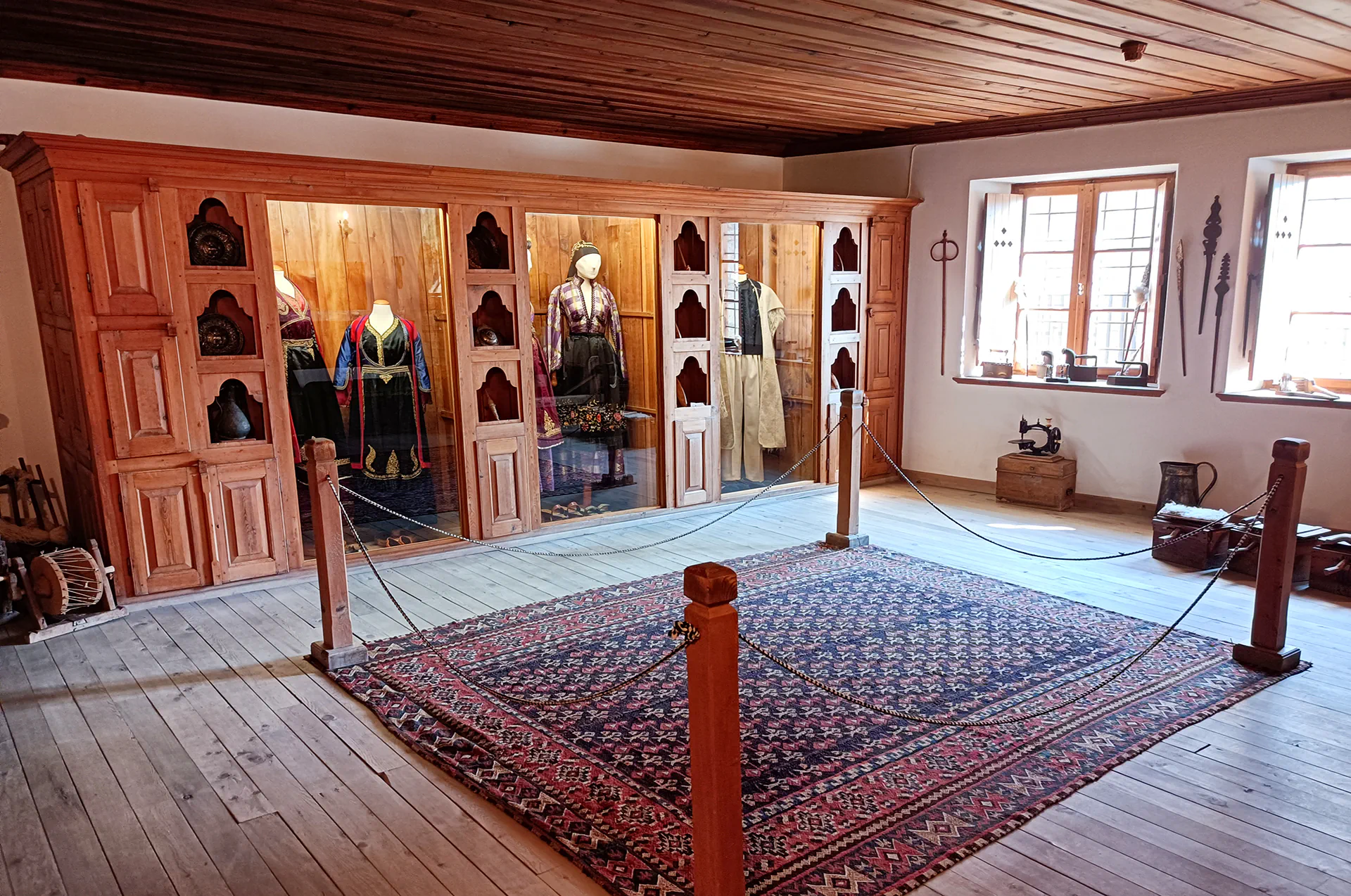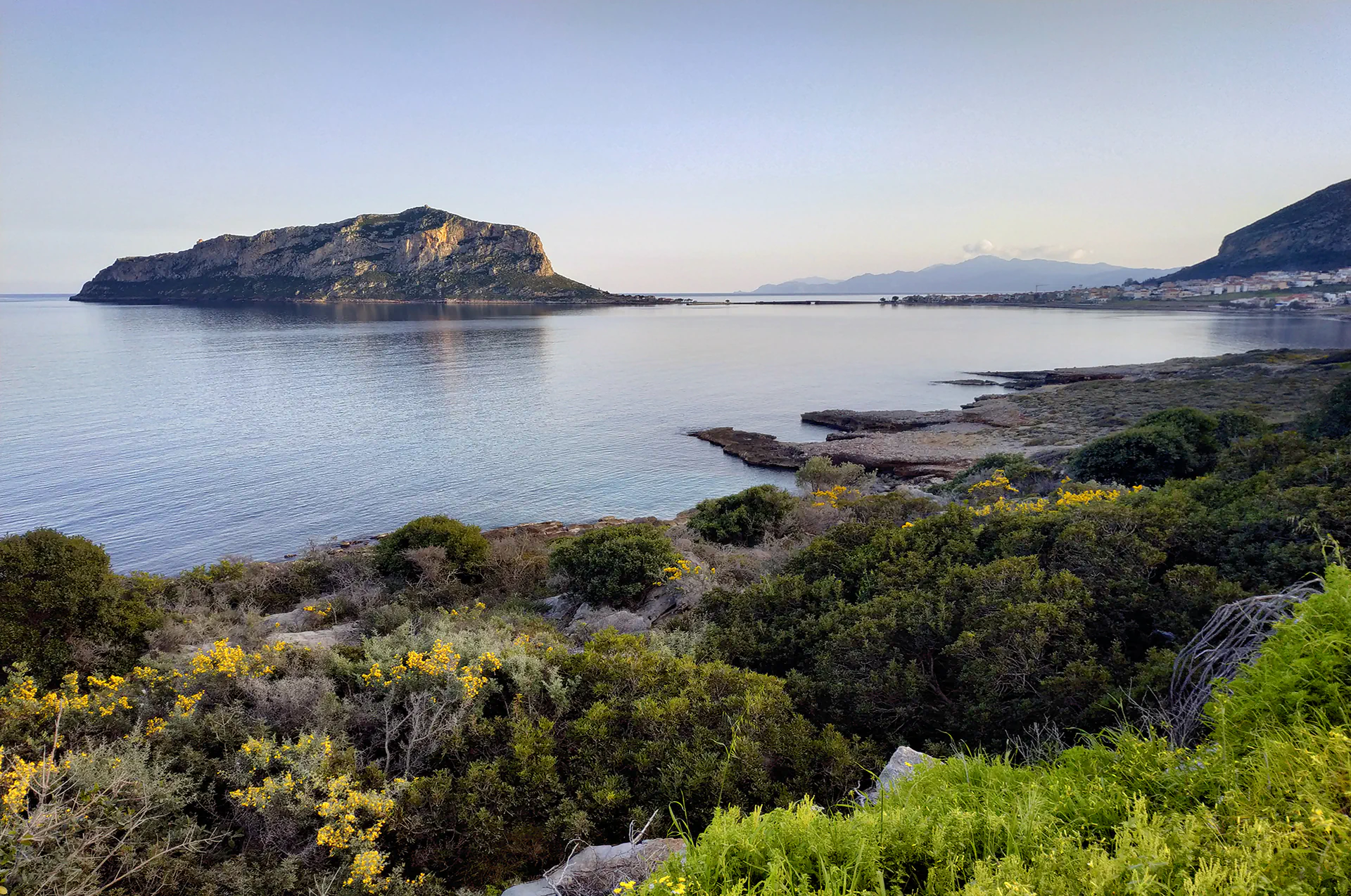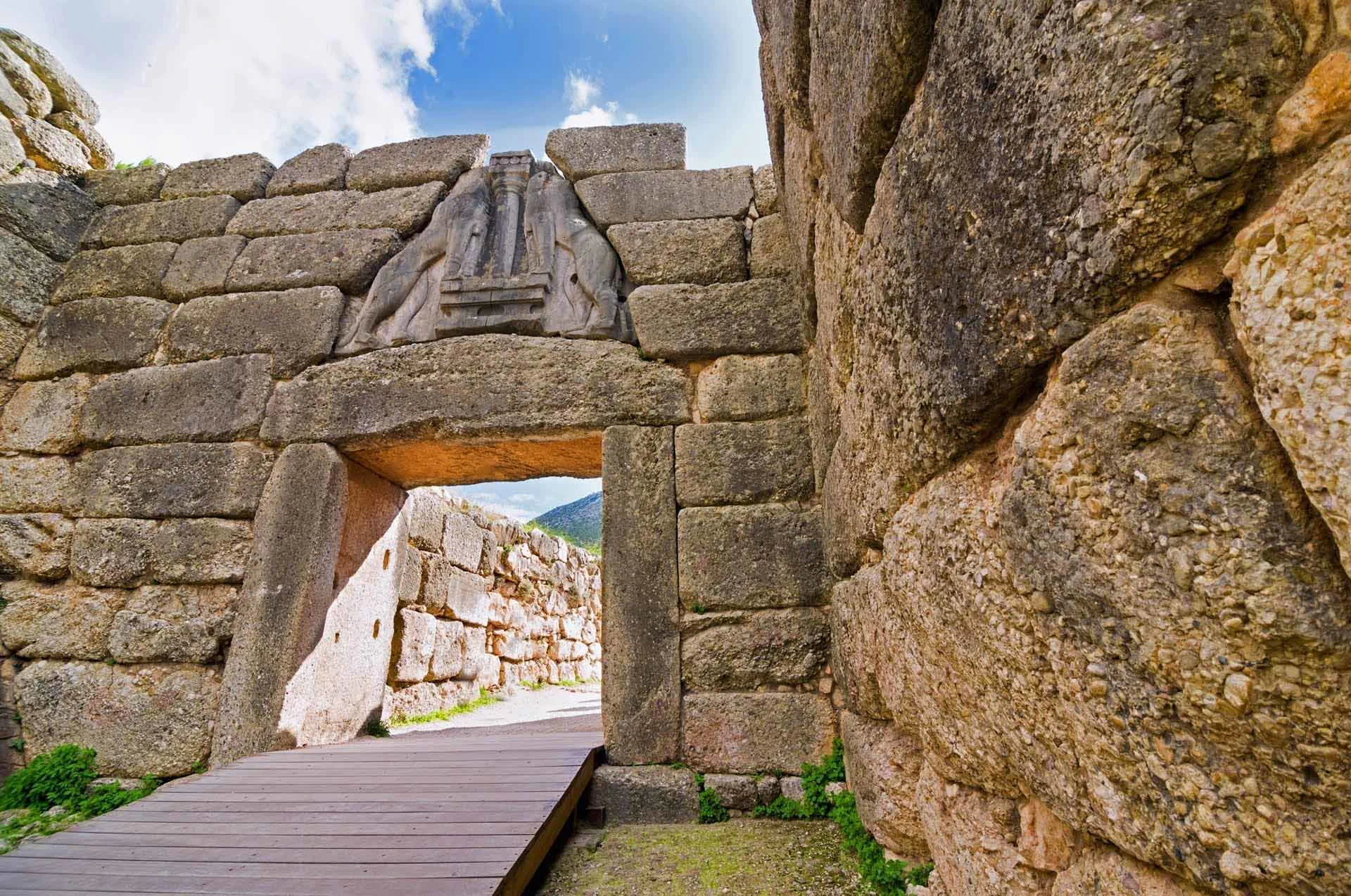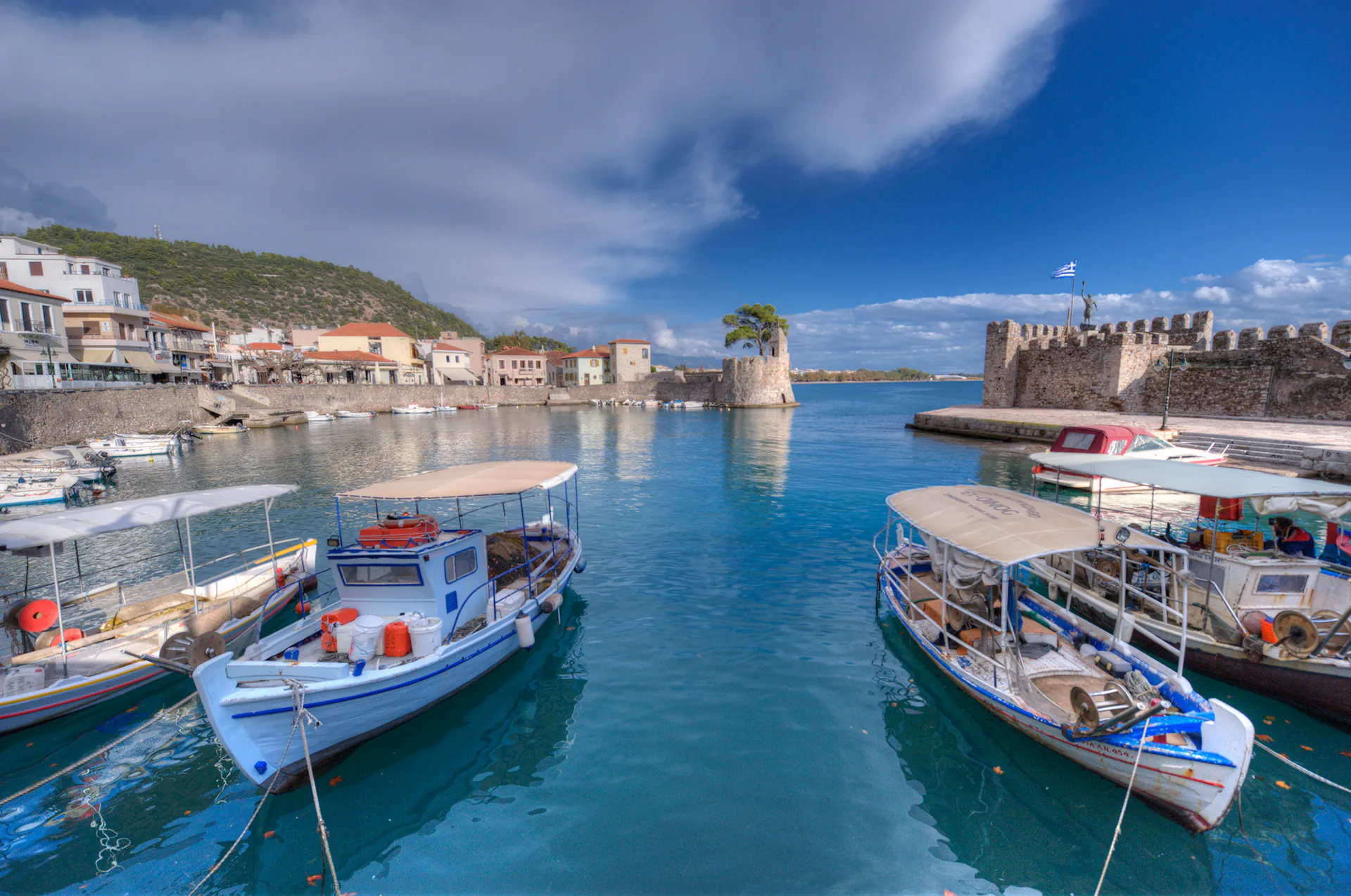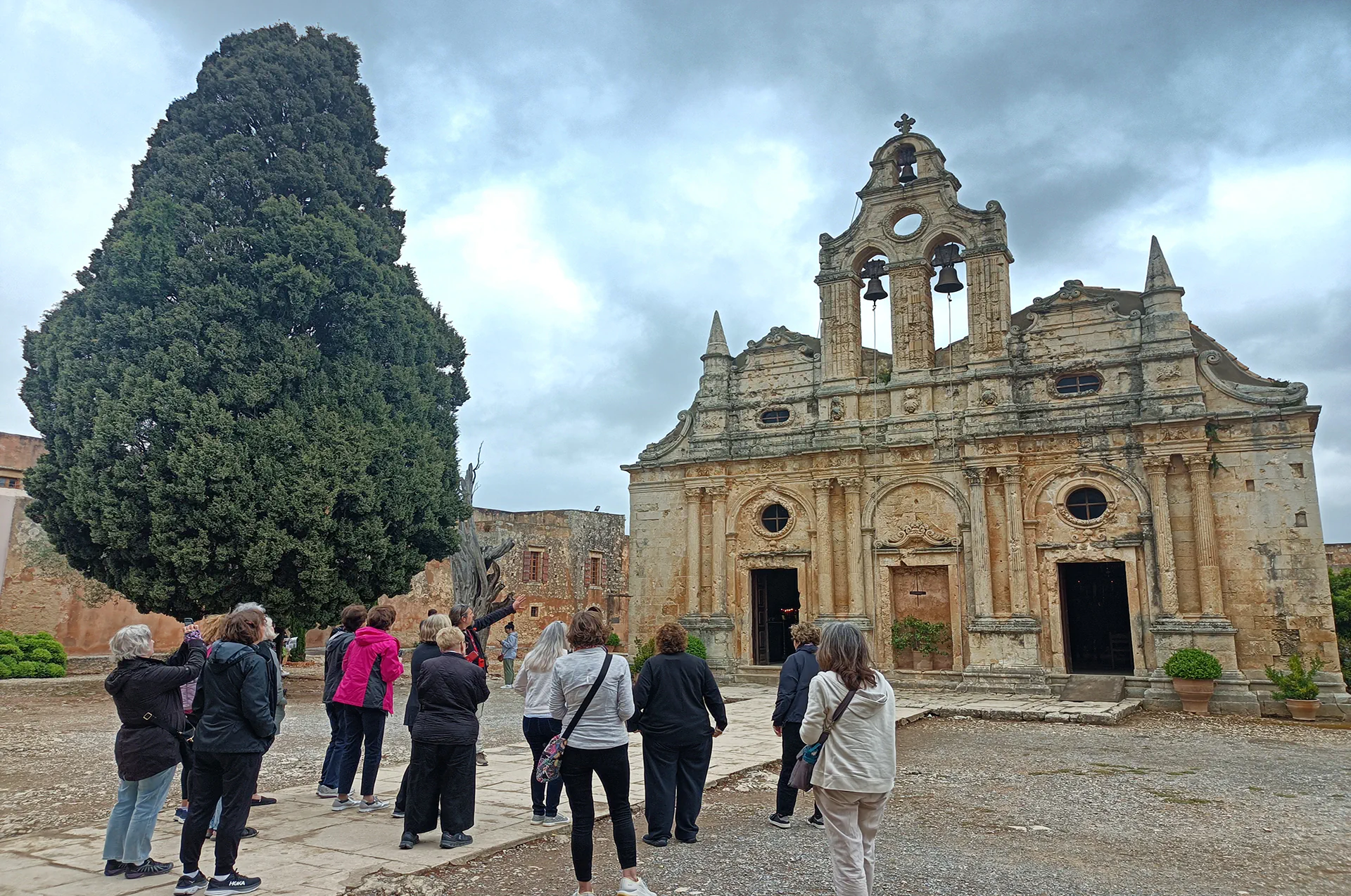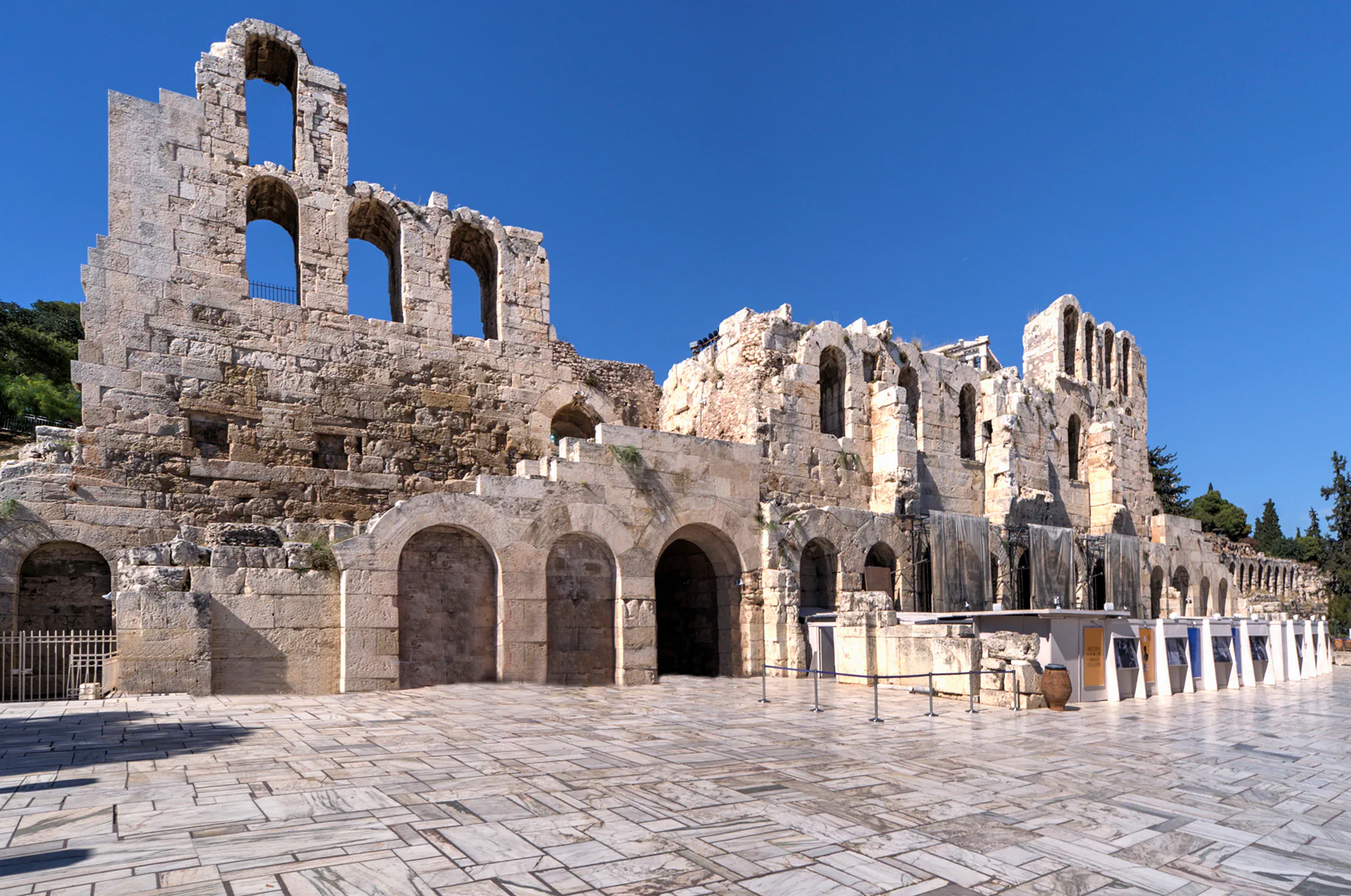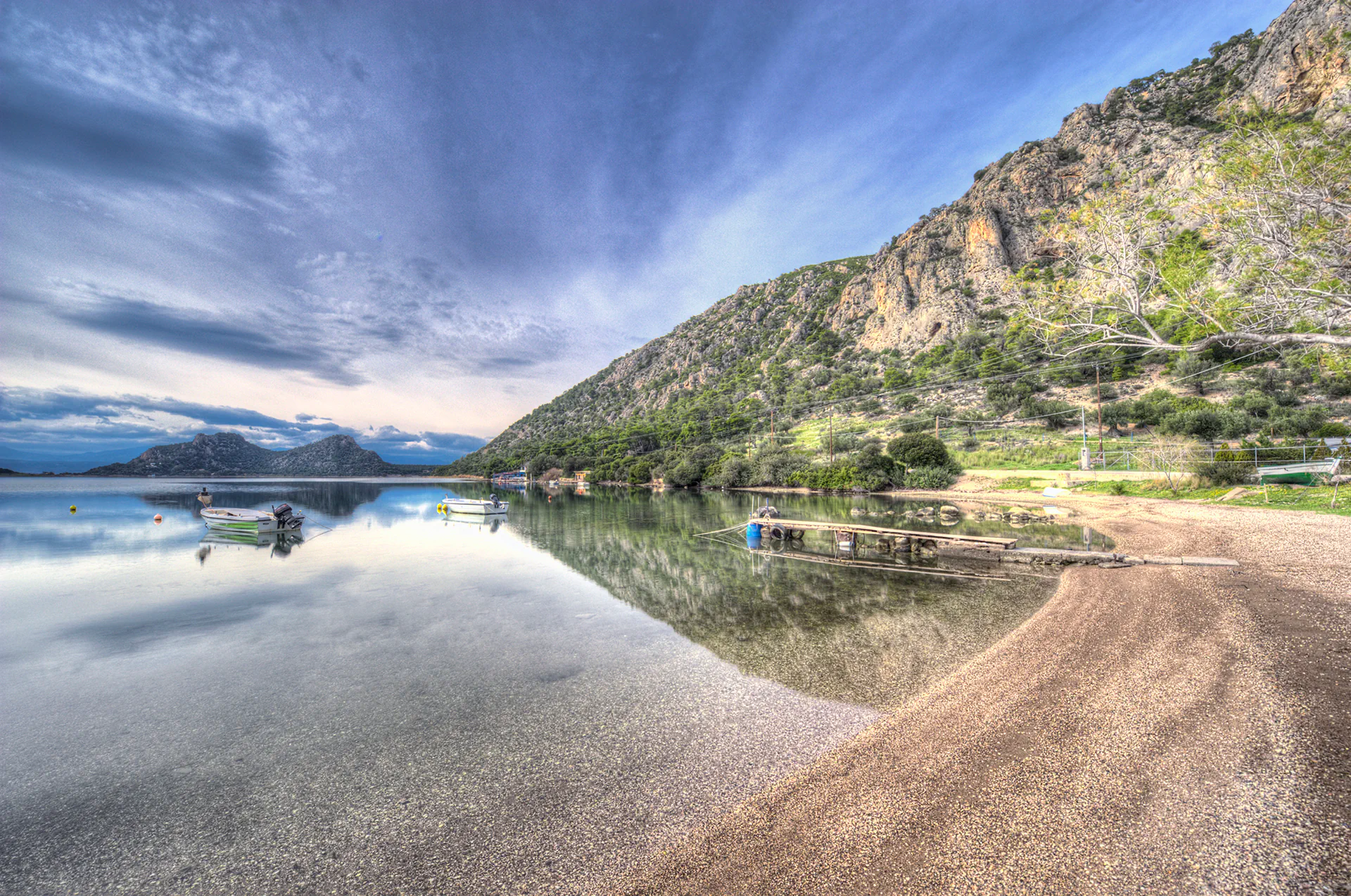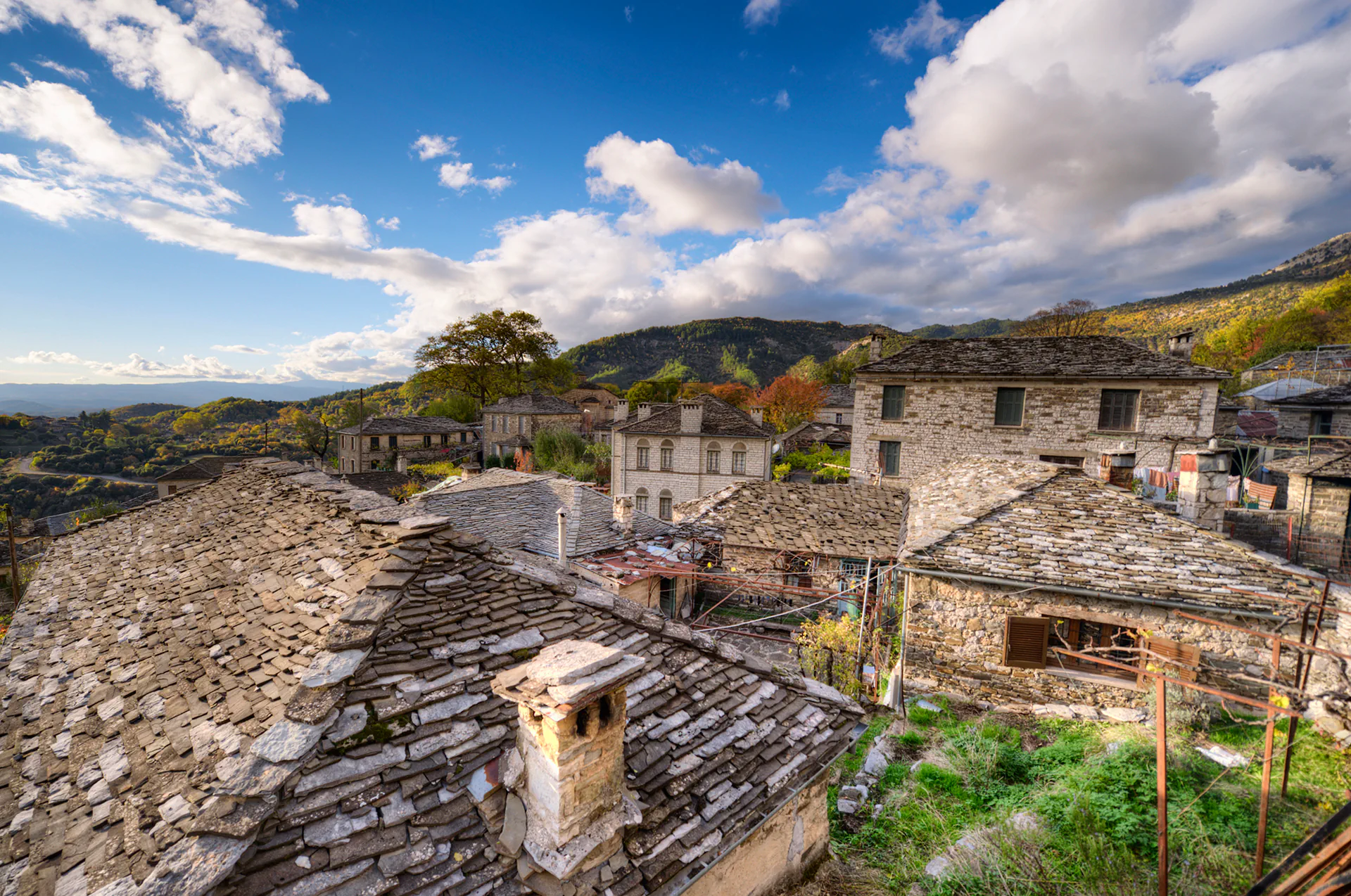Ancient Corinth: Unveiling the Historical Significance of a Powerful City at the Crossroads of Trade, Culture, and Early Christianity in Classical Greece
Ancient Corinth was one of classical Greece’s richest and most powerful city-states. Strategically located between Athens and Sparta, Corinth thrived as a hub of commerce, culture, and military might. Today, the ruins of Ancient Corinth offer visitors a fascinating window into a world where mythology, politics, and trade intersected.
Corinth’s prominence began in the early Iron Age and peaked during the 7th and 6th centuries BCE. With access to both the Saronic and Corinthian Gulfs, it was a major trade center connecting mainland Greece with the wider Mediterranean world. The city was known for its wealth, luxurious lifestyle, and artistic achievements, particularly in pottery and architecture.
Key Historical Highlights:
Strategic Location: Situated on the Isthmus of Corinth, it controlled the land route between northern and southern Greece.
The Diolkos: An ancient paved road that allowed ships to be transported across the isthmus, avoiding the perilous sea journey around the Peloponnese.
Corinthian Order: The city gave birth to the Corinthian column, a highly ornate architectural style that became a staple of classical design.
Major Attractions and Ruins
Visitors to Ancient Corinth can explore a variety of well-preserved ruins and landmarks that reflect its grandeur:
1. Temple of Apollo
Dating back to the 6th century BCE, this iconic Doric temple stands as a testament to Corinth’s religious and architectural legacy. Seven monolithic columns still rise majestically from the site.
2. Acrocorinth
A massive acropolis that served as Corinth’s primary fortress. Offering panoramic views and steeped in mythology, Acrocorinth was believed to be sacred to the goddess Aphrodite.
3. Roman Agora
Once a bustling center of public life, the Roman Agora includes the Bema (a speaker’s platform where St. Paul is believed to have preached), shops, and public fountains.
4. Fountain of Peirene
A freshwater spring with mythological significance, associated with the winged horse Pegasus. It was a vital water source and central to local legends.
Ancient Corinth in Mythology
Corinth was deeply embedded in Greek mythology. It was said to be founded by the sun god Helios and ruled by Sisyphus, the cunning king cursed to eternally roll a boulder uphill. The city was also linked to heroes such as Jason and Medea, and the goddess Aphrodite had a major temple here, highlighting Corinth’s role in ancient religious practices.
The Roman Influence
In 146 BCE, Corinth was destroyed by the Romans and later rebuilt by Julius Caesar in 44 BCE. Roman Corinth became a thriving colony, blending Greek heritage with Roman urban planning, including theaters, baths, and temples. This dual identity adds richness to the archaeological remains and offers insight into Greco-Roman culture.
Visiting Ancient Corinth Today
Ancient Corinth is located approximately 80 kilometers west of Athens and is easily accessible by car or guided tour. The site is open year-round and includes a well-curated archaeological museum showcasing artifacts like mosaics, statues, and everyday items from ancient life.
Travel Tips:
Wear comfortable shoes, as the terrain is uneven.
Visit early in the morning to avoid crowds and heat.
Combine your visit with a trip to nearby attractions like the Corinth Canal or the coastal town of Loutraki.





